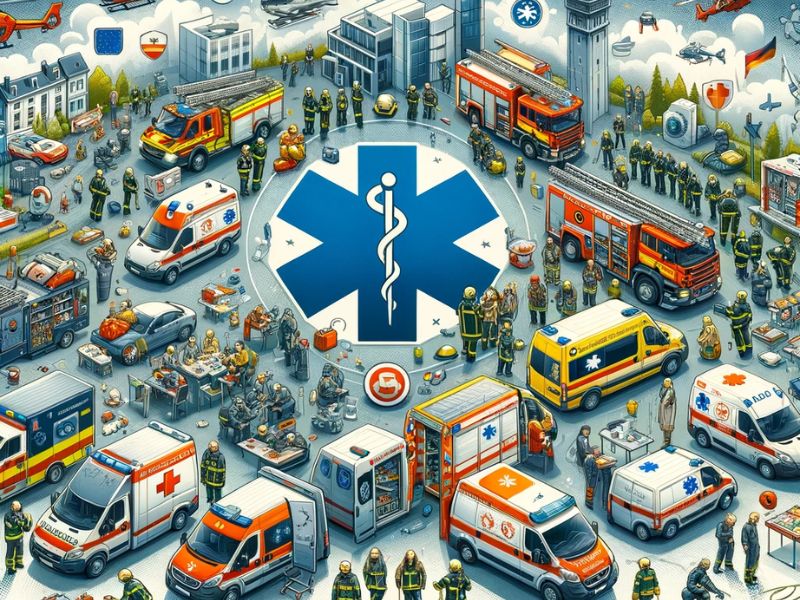
Structure and Sizes of Civil Protection Units in Key European Countries
Introduction
In 2023, the importance of civil protection forces, including firefighters, healthcare personnel, and ambulance operators, became increasingly evident in Europe. These services, vital for rapid response in emergency situations, exhibit unique characteristics in terms of size, organization, and capabilities in different European countries. In this article, we will examine the composition and effectiveness of these vital forces in countries such as England, Germany, France, Italy, and Spain.
Germany and France
In Germany, civil protection consists of a combination of professional and volunteer firefighters, well-equipped ambulance units, and highly qualified healthcare personnel. France, on the other hand, relies on a mix of state emergency services and voluntary organizations to ensure effective coverage of the national territory. Both countries have invested significantly in their emergency infrastructures, ensuring fast response times and effective crisis management.
Italy and Spain
Italy, renowned for its Civil Protection, integrates healthcare personnel, firefighters, and volunteers to effectively address a wide range of emergencies. Recently, their coordinated response to floods in Emilia Romagna highlighted their mobilization and cooperation capabilities. Spain, similar to Italy, takes an integrated approach to civil protection, with a particular emphasis on preparedness and prevention, as well as emergency response.
United Kingdom
In the United Kingdom, the civil protection system is characterized by strong coordination among various emergency services, including the National Health Service (NHS), firefighters, and ambulance services. This integration ensures an effective and timely response to a wide range of emergency scenarios, from natural disasters to urban incidents.
Conclusion
Civil protection forces in Europe are a complex and well-coordinated mosaic of emergency services. The effectiveness of these services is a testament to their organization, training, and dedication. Their ongoing evolution and adaptation to modern challenges are crucial to ensuring the safety and well-being of European citizens.
Sources


